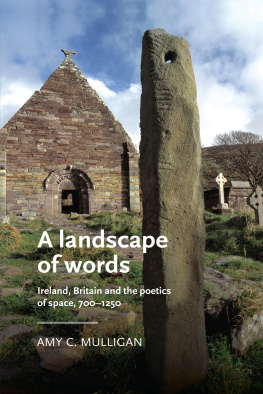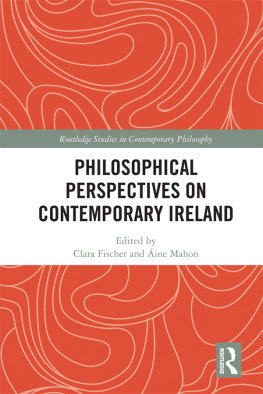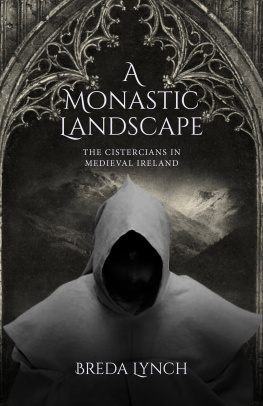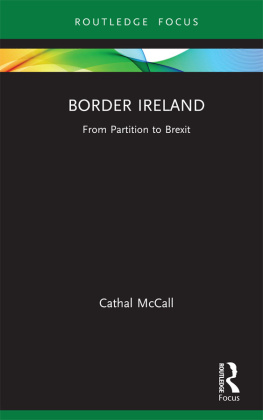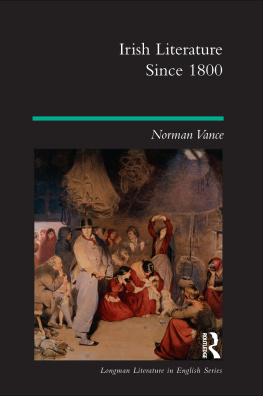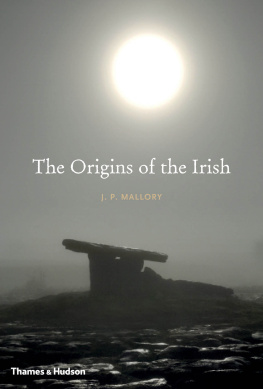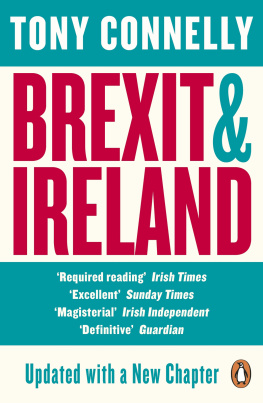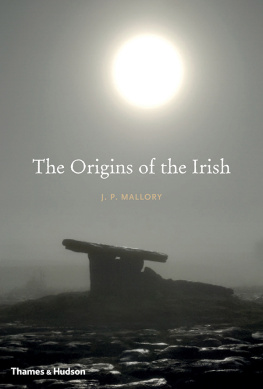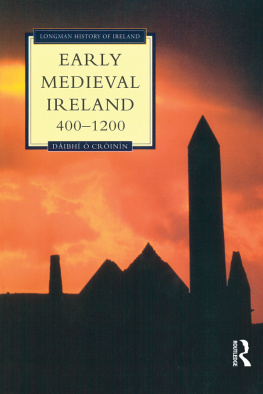
a landscape of words

Series editors: Anke Bernau, David Matthews and James Paz 
Series founded by: J. J. Anderson and Gail Ashton
Advisory board: Ruth Evans, Patricia C. Ingham, Andrew James Johnston, Chris Jones, Catherine Karkov, Nicola McDonald, Sarah Salih, Larry Scanlon and Stephanie Trigg and Stephanie Trigg
Manchester Medieval Literature and Culture publishes monographs and essay collections comprising new research informed by current critical methodologies on the literary cultures of the Middle Ages. We are interested in all periods, from the early Middle Ages through to the late, and we include post-medieval engagements with and representations of the medieval period (or medievalism). Literature is taken in a broad sense, to include the many different medieval genres: imaginative, historical, political, scientific, religious. While we welcome contributions on the diverse cultures of medieval Britain and are happy to receive submissions on Anglo-Norman, Anglo-Latin and Celtic writings, we are also open to work on the Middle Ages in Europe more widely, and beyond.
Titles available in the series
12. Annotated Chaucer bibliography: 19972010
Mark Allen and Stephanie Amsel
13. Roadworks: Medieval Britain, medieval roads
Valerie Allen and Ruth Evans (eds)
14. Love, history and emotion in Chaucer and Shakespeare: Troilus and Criseyde and Troilus and Cressida
Andrew James Johnston, Russell West-Pavlov and Elisabeth Kempf (eds)
15. The Scottish Legendary : Towards a poetics of hagiographic narration
Eva von Contzen
16. Nonhuman voices in Anglo-Saxon literature and material culture
James Paz
17. The church as sacred space in Middle English literature and culture
Laura Varnam
18. Aspects of knowledge: Preserving and reinventing traditions of learning in the Middle Ages
Marilina Cesario and Hugh Magennis (eds)
19. Visions and ruins: Cultural memory and the untimely Middle Ages
Joshua Davies
20. Participatory reading in late-medieval England
Heather Blatt
21. Affective medievalism: Love, abjection and discontent
Thomas A. Prendergast and Stephanie Trigg
22. Performing women: Gender, self, and representation in late-medieval Metz
Susannah Crowder
23. The politics of Middle English parables: Fiction, theology, and social practice
Mary Raschko
24. Contemporary Chaucer across the centuries
Helen M. Hickey, Anne McKendry and Melissa Raine (eds)
25. Borrowed objects and the art of poetry: Spolia in Old English verse
Denis Ferhativo
26. Rebel angels: Space and sovereignty in Anglo-Saxon England
Jill Fitzgerald
27. A landscape of words: Ireland, Britain and the poetics of space, 7001250
Amy Mulligan
A landscape of words
Ireland, Britain and the poetics of space, 7001250
AMY C. MULLIGAN
Manchester University Press
Copyright Amy C. Mulligan 2019
The right of Amy C. Mulligan to be identified as the author of this work has been asserted by her in accordance with the Copyright, Designs and Patents Act 1988.
Published by Manchester University Press
Altrincham Street, Manchester M1 7JA
www.manchesteruniversitypress.co.uk
British Library Cataloguing-in-Publication Data
A catalogue record for this book is available from the British Library
ISBN 978 1 5261 4110 1 hardback
First published 2019
The publisher has no responsibility for the persistence or accuracy of URLs for any external or third-party internet websites referred to in this book, and does not guarantee that any content on such websites is, or will remain, accurate or appropriate.
Typeset by
Deanta Global Publishing Services
To Chris and Henry, with all of my love.
Contents
This book would not have been possible without the support and wise input from myriad people and institutions. I am lucky to have excellent, intellectually generous colleagues in Notre Dames Keough-Naughton Institute for Irish Studies and the Medieval Institute, many of whom helped me to harness developments in other fields to think bigger and more ambitiously about medieval Ireland and what a more broadly informed scholarship can achieve. In particular I would like to thank Sarah McKibben, Kathryn Kerby-Fulton, Tim Machan, John Van Engen, Christopher Fox, Ian Kuijt and also Lindy Brady, who has been one of Notre Dames most stellar Medieval Institute Mellon Fellows. Substantial investment, financial and intellectual, was provided many times over by Notre Dame. Funding from the Institute for Scholarship in the Liberal Arts (ISLA) allowed for essential travel to visit and think through the many sites explored in this book. ISLA also generously underwrote costs for editingthank you Jeremy Lowethe book. A large Initiation Grant from the Office of the Vice President for Research provided financial support to develop the projects scope and prepared me to write competitive grant applications to complete the project. These chapters are significantly better because of the input of my writing groups, which provided buoying support throughout the writing processthank you. I am grateful to the National Library of Ireland, sterreichisches Nationalbibliothek, the Royal Irish Academy and the Walters Art Museum for their assistance and kind permission to use the images found in this book.
Major fellowships from the National Endowment for the Humanities (NEH), and a US-UK Fulbright Fellowship, combined to give me a year, 201617, entirely focused on book-writing. The generous funding and collegiality I enjoyed that year as a Fulbright Fellow at the University of Nottingham were critical, and I thank my sponsors and mentors at Nottingham, Judith Jesch, Christina Lee and most especially the wise and exceedingly congenial Thomas OLoughlin, for their support, camaraderie and insightful conversations on the diasporic cultures of the medieval Irish Sea region. My experiences as a UK Fulbright Fellow and intellectual ambassador were much richer than I could have anticipated. One early highlight of my work as a Fulbright public humanities scholar was explicating the iconography of the medieval Irish saints in the House of Lords on our Fulbright visit just after the Brexit vote, which provided me with unsuspected revelations regarding how a medievalists scholarship can drive contemporary discussions of pluralistic national identity. I thank the US-UK Fulbright association for financial support, but also the training in how to reframe our research for much wider audiences, for the world is indeed interested. In a time when resources for research in the humanities are shrinking, I am exceedingly grateful to have received such support and mentoring from these international institutions and funding bodies that value the work we do, and motivate and enable us to do it at as high a level as possible.
I would also like to thank the many colleagues in the field of medieval studies and Irish studies who have supported my work. Im grateful to Paul Russell and Mire N Mhaonaigh at the University of Cambridge, which early on hosted me as a Visiting Fellow and later invited me back to talk about this book as an Anglo-Saxon, Norse and Celtic (ASNC) guest speaker. Joseph Falaky Nagy of Harvard has served as a sounding board and advocate for this project, and has provided generous support in negotiating the often fraught field of Celtic Studies. My consideration of geospatial writing began when I was working on the European Centre and Periphery Project at the Centre for Medieval Studies (CMS) in Bergen, where we often went up into the mountains and out onto the fjords to do our scholarly thinking. I am grateful to Else Mundal, Sverre Bagge, Ingvil Brugger Budal, slaug Ommundsen and my CMS colleagues for their camaraderie. One of my greatest debts is to Thomas Charles-Edwards, whose brilliance and friendship have been instrumental to my work as a medievalist over the years. Some of my earliest memories of this material involved chocolate-fueled road trips with Thomas to different sites and stones. As a Chicagoan for whom the medieval world had until then been textual, these excursions were epiphanic: they initiated my understanding of how Celtic literature and history is even today highly spatial, and best practiced when one can, as part of a community, fuse stories and sources to actual physical landscapes.

